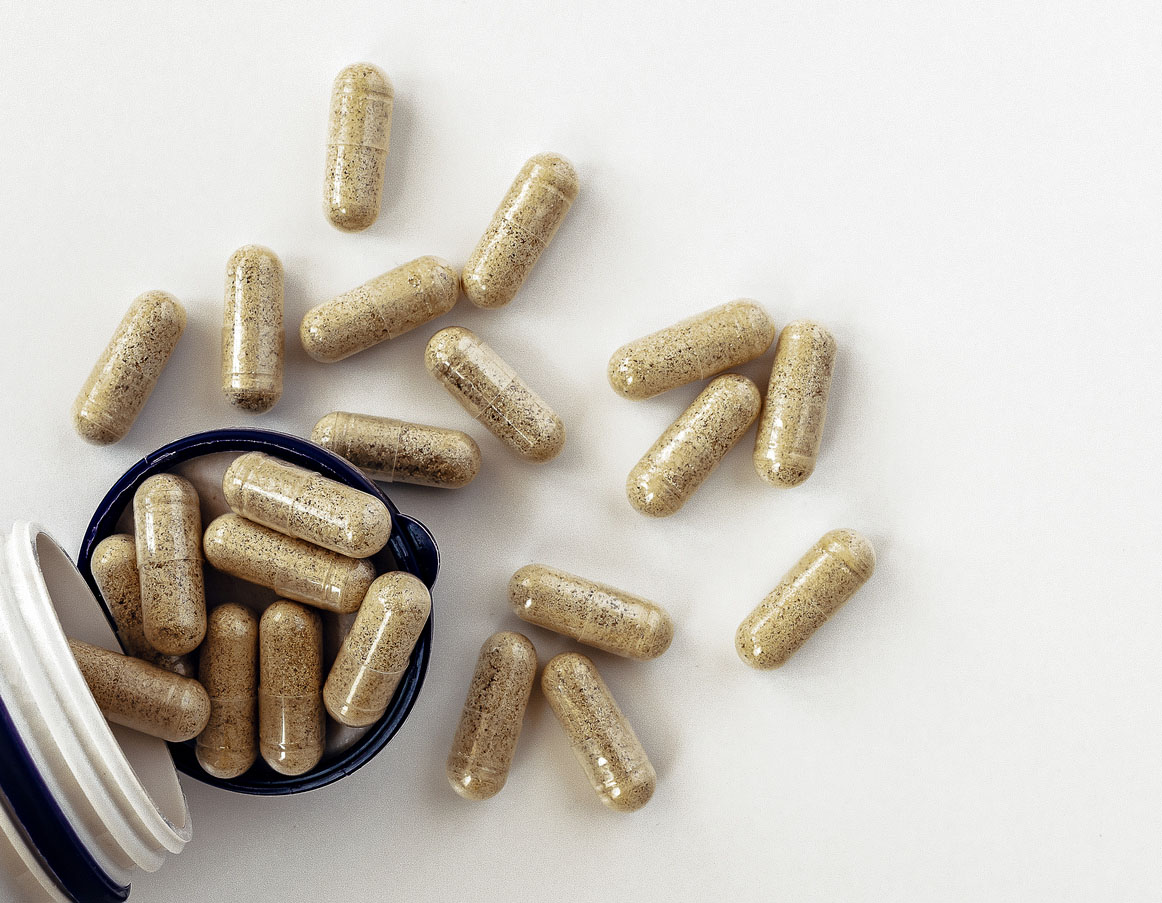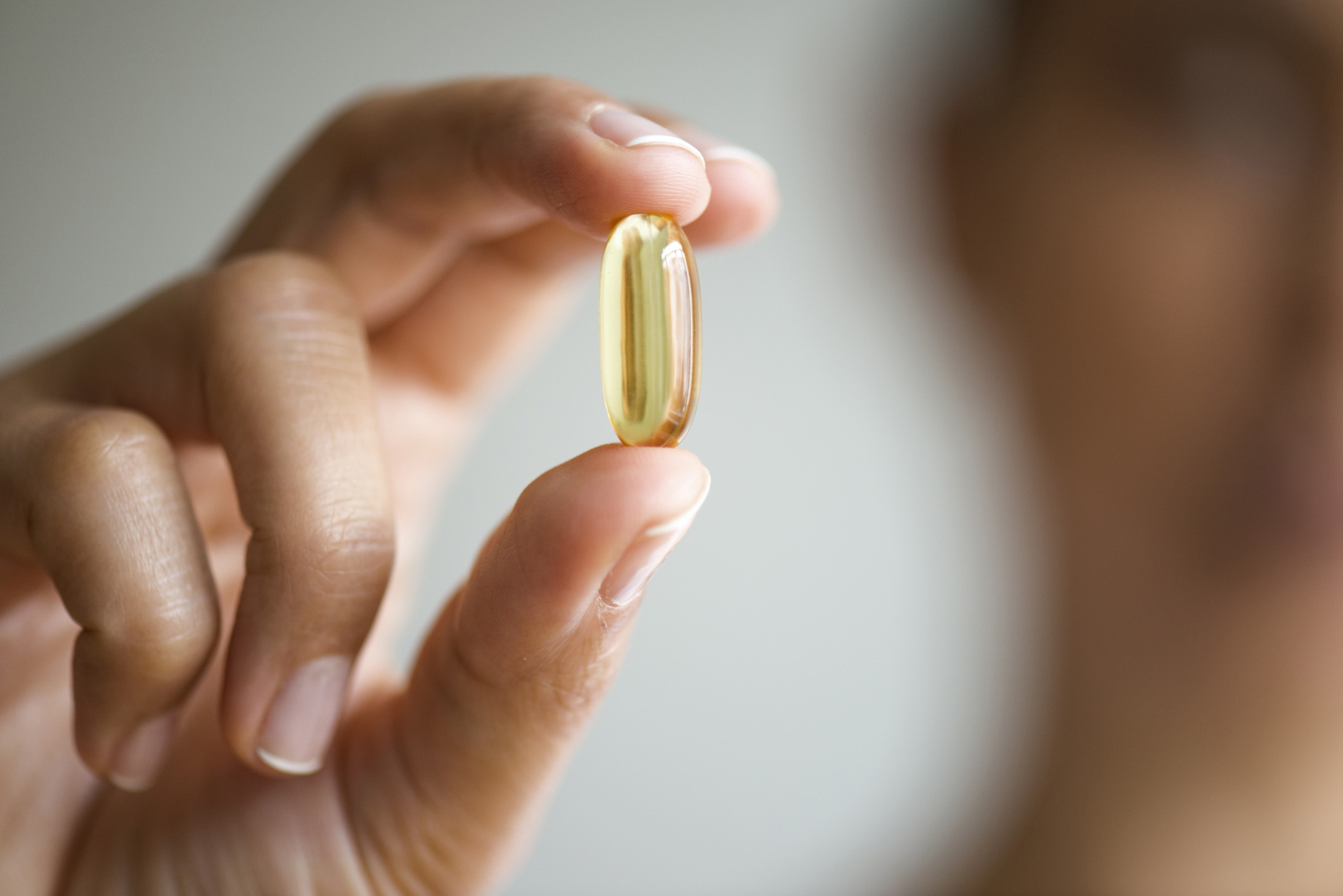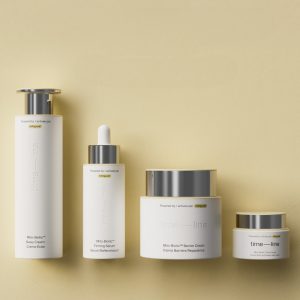You’ve probably seen headlines like these:
“Study Finds Another Condition That Vitamin D Pills Do Not Help”—New York Times
“Study Finds Vitamin D Supplements Do Not Reduce Risk of Broken Bones” —SciTech Daily
“Stop Taking Vitamin D Already!” —Forbes
It’s all based on the “VITAL” study (Supplemental Vitamin D and Incident Fractures in Midlife and Older Adults) in the New England Journal of Medicine. VITAL was originally intended to assess the effects of fish oil and vitamin D on cancer and heart disease—not fractures. Over 25,000 middle age U.S. men and women were instructed to take either 1 gram of fish oil per day (paltry!), and/or 2000 IUs of vitamin D vs. a control group that got neither. The study lasted 5 years.
The conclusion was that neither vitamin D nor fish oil, nor a combination of both, resulted in a lowered risk of cancer or heart disease.
Hundreds of previous studies have suggested a correlation between low vitamin D and certain cancers and heart disease, but it’s been a heavy lift to prove that giving vitamin D reduces risk. We’ll circle back on why that may be in a little while.
VITAL wasn’t designed to test the efficacy of vitamin D for fracture prevention, but some data was there, so a subgroup analysis was performed. These have proven highly controversial. One review (“Subgroup analyses in clinical trials: fun to look at—but don’t believe them!”) states:
“Analysis of subgroup results in a clinical trial is surprisingly unreliable, even in a large trial. This is the result of a combination of reduced statistical power, increased variance and the play of chance. Reliance on such analyses is likely to be more erroneous, and hence harmful, than application of the overall proportional (or relative) result in the whole trial to the estimate of absolute risk in that subgroup. Plausible explanations can usually be found for effects that are, in reality, simply due to the play of chance. When clinicians believe such subgroup analyses, there is a real danger of harm to the individual patient.”
Because VITAL was originally a study looking at cancer and heart disease risk, it wasn’t designed to suss out the effects of modest vitamin D supplementation on patients vulnerable to fractures. The selection criteria for participants did not seek out frail, elderly individuals with low DEXA scores or vitamin D deficiency, where supplementation would be more likely to make a difference.
All VITAL says is that if you’re a healthy over-50 person, without low bone mass or osteoporosis, and without vitamin D deficiency, taking a moderate amount of vitamin D for five years won’t lower your risk of fracture.
And what constitutes “healthy”? According to the Merck Manual: “Almost 90% of older adults regularly take at least 1 prescription drug, almost 80% regularly take at least 2 prescription drugs, and 36% regularly take at least 5 different prescription drugs.”
Moreover, a non-trivial percentage of the population has vitamin D deficiency. The CDC reports: “In 2001–2006, two-thirds (67%) of persons aged 1 year and over had serum 25OHD values considered sufficient. Roughly one quarter of the population had serum 25OHD values that put them at risk of inadequacy. Eight percent were at risk of deficiency, and 1% had a high serum 25OHD value that may possibly be harmful.”
And a considerable number of Americans, not represented in VITAL, have increased fracture risk. According to WebMD: “The investigators reported that more than 16 percent of all American seniors — about 25 percent of women and nearly 6 percent of men — have full-blown osteoporosis as evidenced on bone density tests of the spine and hip . . . The numbers rise even higher when the data involves osteopenia, where bone loss is already apparent but hasn’t reached the stage of osteoporosis. In that case, almost half (48 percent) of seniors — more than 52 percent of women and 44 percent of men — had osteopenia, the data showed.”
Another problem with VITAL is the duration of treatment with vitamin D. It may be that, to prevent fractures, vitamin D needs to be started in early adulthood—or even childhood—and taken for decades, as osteoporosis is a slowly progressive condition.
Additionally, while a one-size-fits-all approach to D supplementation is convenient for study purposes, it may not attain threshold serum levels for skeletal optimization for a considerable percentage of the population. It’s estimated that, to forestall bone loss, a score of at least 60 nm/L or greater of 25OH vitamin D is required; participants in VITAL averaged 40.
In my nearly 40 years of clinical experience, I have found that most patients with osteopenia or osteoporosis require more than 2000 IUs of vitamin D to achieve blood levels of 60 nm/L or greater. Often they need 5000 or 10000 IUs daily.
Then there’s the recurrent theme that applying a pharmaceutical research model stressing randomized controlled trials (RCTs) to supplements isn’t suitable, and doesn’t mirror real-world experience. Drugs are always tested individually to assess their impact; supplements are often consumed as a suite of complementary nutrients.
Few people take vitamin D alone. Most who are concerned with averting bone loss take it in conjunction with calcium, the co-administration of which VITAL didn’t assess. Moreover, nutrients like magnesium and vitamin K are known to potentiate the bone-preserving effects of vitamin D. Studies of multiple nutrients used simultaneously would be preferable for accurate assessment of supplements’ potential to prevent fractures.
Finally, is it even biologically plausible to discount the effects of vitamin D on bone? Even in medical school over four decades ago, before I learned of the multitude of effects of vitamin D on the immune system, heart, brain, skin, GI tract and other organ systems, a fundamental verity was that vitamin D was essential for bone. Among the first vitamins to be discovered and characterized, its presence was known to be essential to forestall rickets, a disorder that impairs skeletal development. Are we now walking that back?
Then there remains the nagging question of why, when hundreds of observational studies show protective effects of higher levels of vitamin D on a slew of conditions, randomized controlled trials like VITAL strike out?
I reached out to a vitamin D expert, William Grant Ph.D., Director of the Sunlight‚ Nutrition‚ and Health Research Center. (He’ll be a guest next month on my Intelligent Medicine podcast).
Dr. Grant acknowledges that RCTs have not shown significant benefits of vitamin D with the notable exception of upper respiratory tract infections. But he believes that the research denying vitamin D’s potential is fundamentally flawed: “We should be very cautious with ultimately concluding on no beneficial effects of vitamin D regarding certain health outcomes.” A new type of study based on genetic variants called Mendelian randomization, Dr. Grant claims, might be used to customize doses and reduce bias and confounding in future vitamin D studies.
By far the worst consequences of the VITAL study are that it’s being leveraged to undermine public confidence in vitamin D supplementation, and to put the kibosh on vitamin D testing. A venomous editorial in the NEJM that accompanies the VITAL paper opines:
“VITAL and this ancillary study show that vitamin supplements do not have important health benefits in the general population of older adults . . . thus, there is no justification for measuring 25OH vitamin D in the general populace or treating to a target serum level.”
Hence, private insurers and Medicare, in the relentless pursuit of “cost-containment”, will invoke VITAL to deny coverage for vitamin D tests, which are invaluable to clinicians like me to establish supplement targets. Worse yet, the editorial proclaims:
“People should stop taking vitamin D supplements to prevent major diseases or extend life.”—an unwarranted conclusion that mainstream media is now uncritically parroting.
I can’t think of a more irresponsible message, especially when the world faces a devastating pandemic—for which research shows vitamin D might be an inexpensive, harmless, and plausible ameliorant.
Given the pervasive climate of anti-supplement bias, how can we escape the conclusion that VITAL, like a spate of recent flawed studies of nutrients, was designed to fail?







